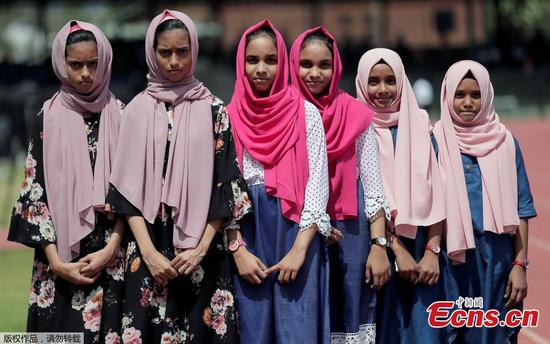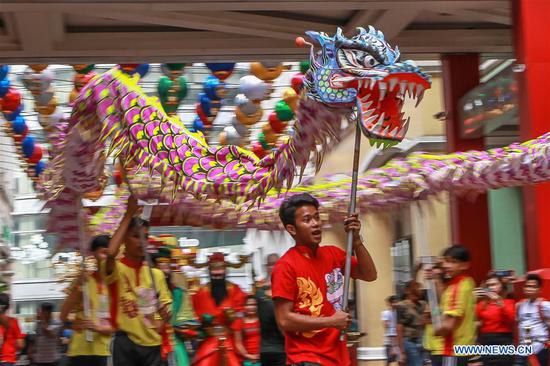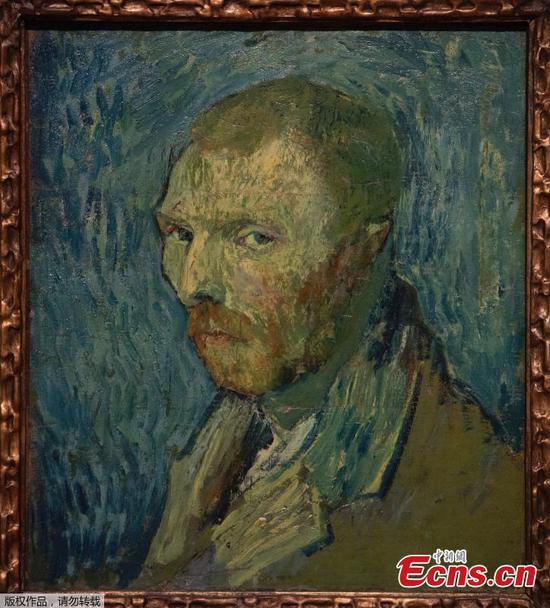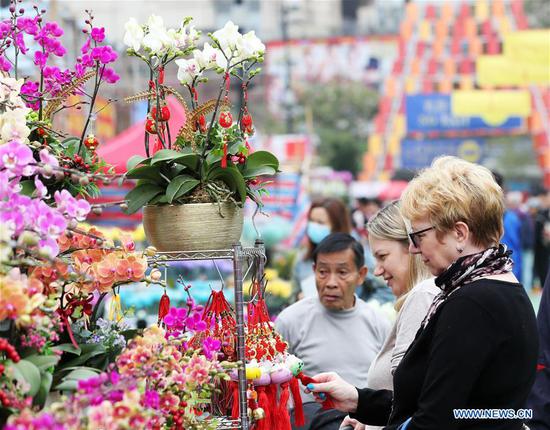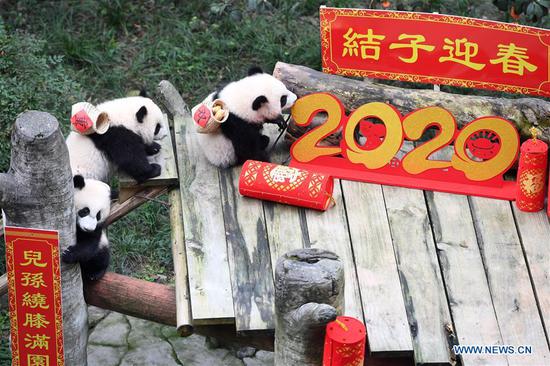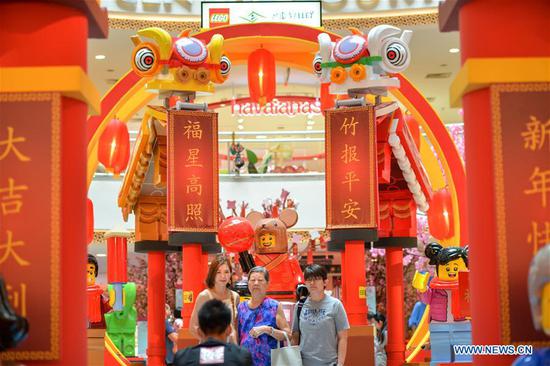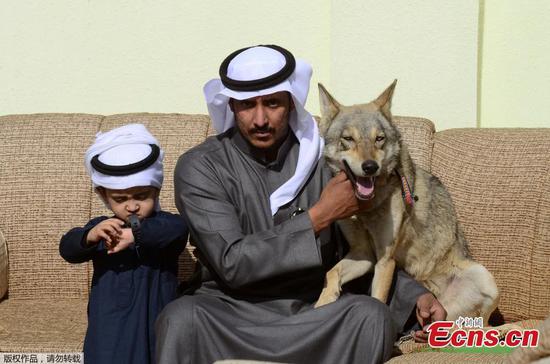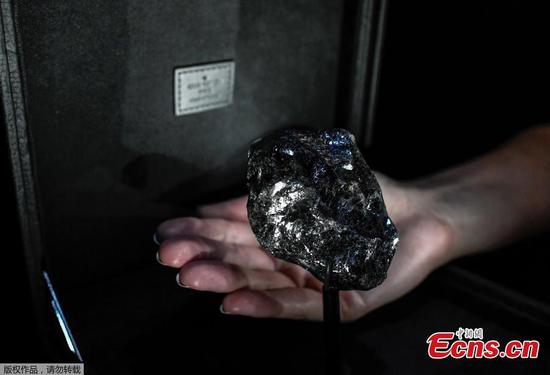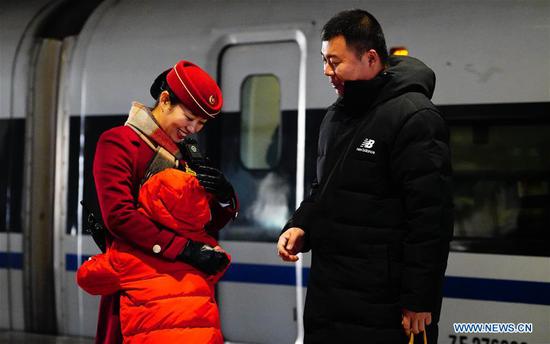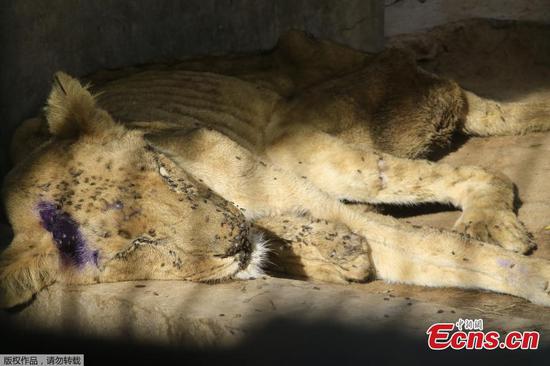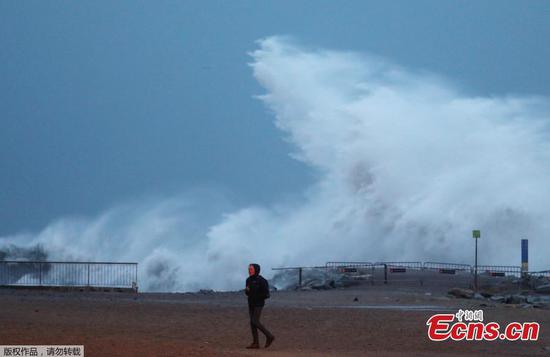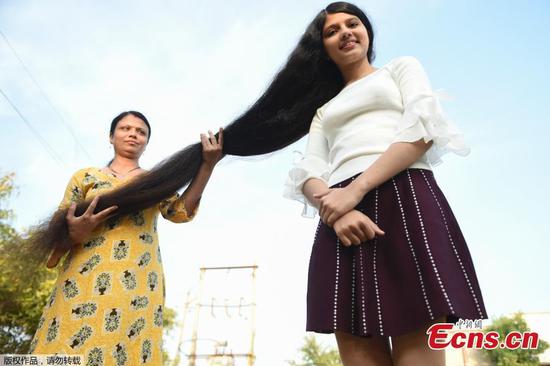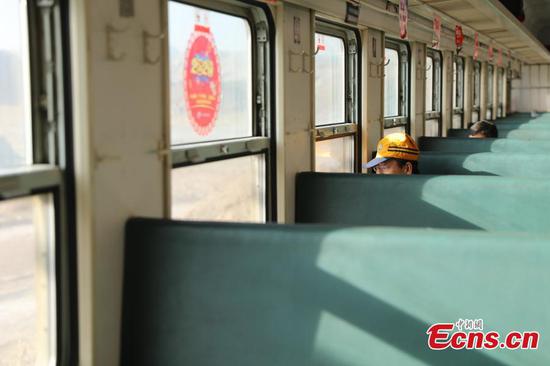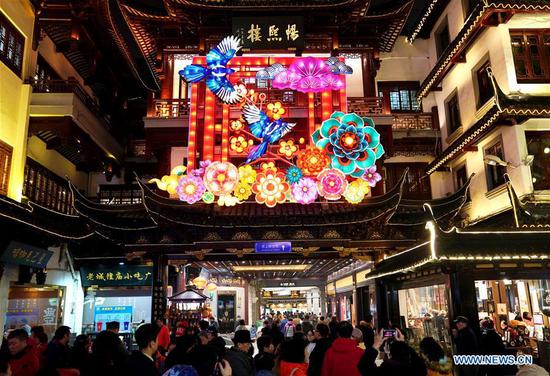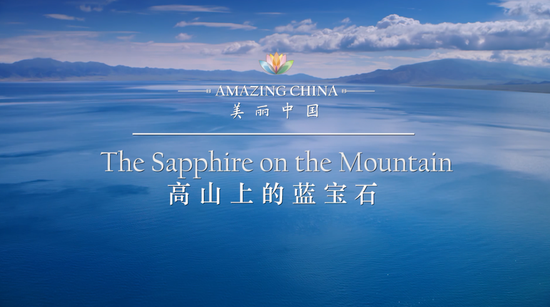
Traditionally, Chinese people give red envelopes filled with money, known as hongbao, to friends and relatives during Lunar New Year celebrations. (Photo by Liu Junfeng/For China Daily)
"Best wishes to you; may I have my red envelope, please?"-Gongxifacai, hongbao nalai? in Chinese-is a well-known phrase for harvesting monetary gifts during Spring Festival.
The holiday, also known as Chinese Lunar New Year, starts on Friday, and Chinese always send best wishes to their families, friends and people they meet. Giving or receiving red envelopes, or hongbao, is an important part of the traditional festival.
Hongbao are not only given during the period from Spring Festival to Lantern Festival, about 15 days, but also on other happy occasions, such as weddings, birthdays and the birth of a baby.
As Spring Festival arrives, one can see different types of red envelopes for sale in almost all shops and markets. They usually bear the Chinese character fu, meaning "luck", or one of the 12 animals of the Chinese zodiac, depending on that animal's year. The forthcoming year is that of the rat, so this year's envelopes carry that motif.
Giving hongbao is a way of extending best wishes and blessings to people around you. Envelopes given to a child on New Year's Eve are traditionally called yasuiqian.
There are many tales about yasuiqian. One of the most famous is that in ancient times a devil named Sui came out to harm people every New Year's Eve. If it touched a sleeping child's head three times, the child would become ill and stupid. It was believed that money wrapped in red paper scared and deterred Sui, so a tradition developed whereby children were given wrapped money to wish them health, happiness and intelligence.
Nowadays, people don't differentiate between hongbao and yasuiqian, and call all such gifts "red envelopes". Different cultural areas use different names, so in Cantonese-speaking areas, the envelopes are called laisee.
People in Hong Kong and Guangdong province like to give laisee when with family or friends during Spring Festival, because everyone wants good omens and wishes at the start of the year.
Anyone who fails to hand out the gift is thought disrespectful. Therefore, everyone, from billionaires to regular citizens, is happy to give laisee during the festival, although the amount of money differs.
So, who should receive hongbao and how much should they be given?
Generally, as soon as a married person starts earning, they must give envelopes to children and seniors as a symbolic way of sharing love and blessings.
Envelopes for seniors usually contain from 400 yuan to 2,000 yuan ($58 to $290), while for children the figure starts at 100 yuan and can rise to as much as one wishes to give. Of course, the sum in the envelope mainly depends on the donor's financial situation.
Lin Kaichun, from Shantou, Guangdong, started receiving laisee when he was a little boy, but as he is still single only his grandparents and parents give him the gift now. Each envelope usually contains 800 yuan.
"In the past, my aunts and uncles gave me 200 yuan to 600 yuan each time, but the amount started to decline when I entered high school, and now they won't give me an envelope at Spring Festival until I am married," said the 25-year-old, who has worked for a media company in Beijing for 18 months.
He and his friends send electronic red envelopes to each other on WeChat when they cannot meet in person. E-payment is a growing trend in China as a result of its convenience and the development of the system.
"Despite that, physical red envelopes cannot be replaced; when people meet family or friends, they prefer to give a physical gift along with their good wishes, rather than tapping on a smartphone," Lin said.
"After all, the tradition has lasted a long time and is deeply rooted in Chinese culture."











